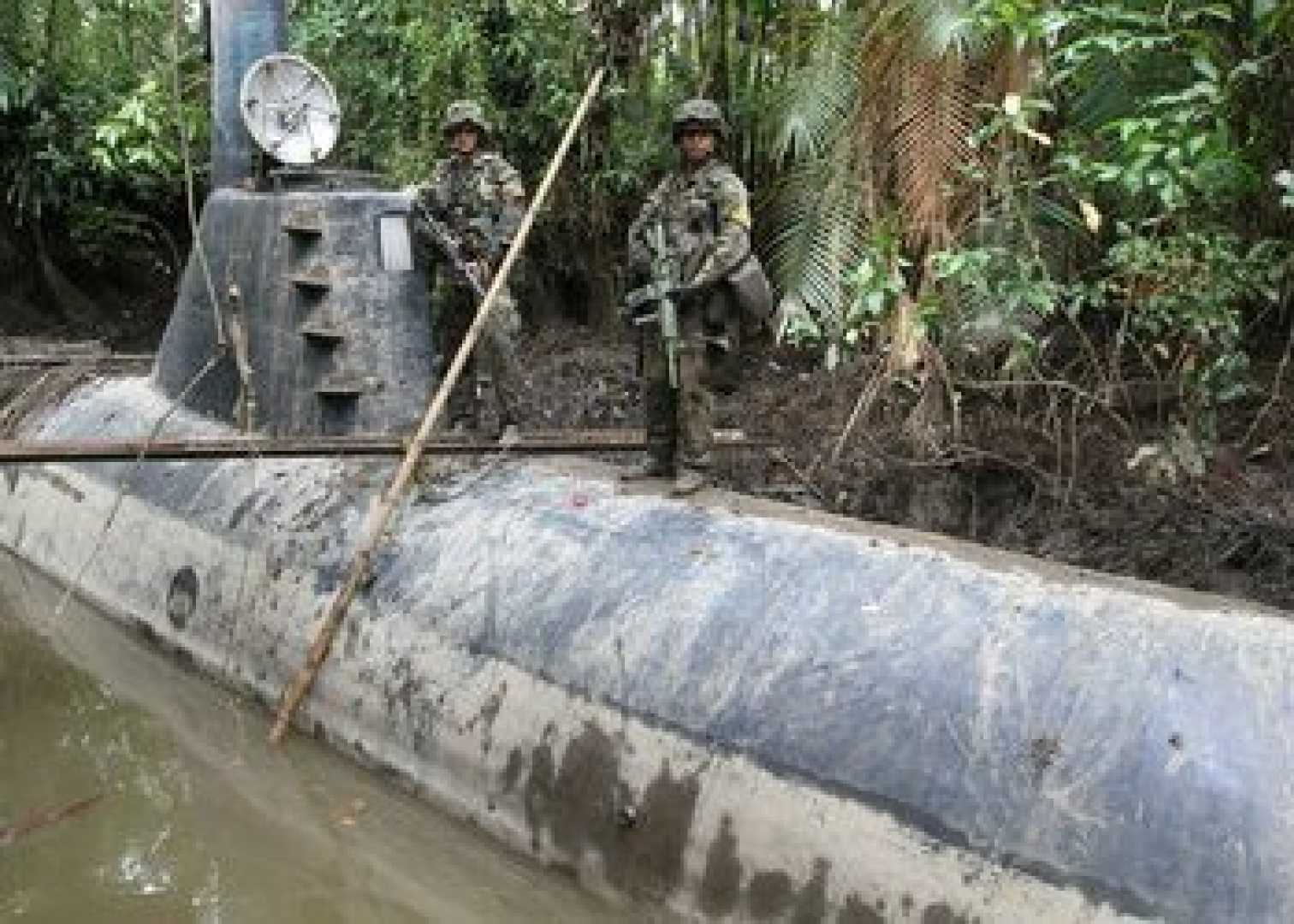World
CJNG Expands Global Fentanyl Trade Using Submarines, DEA Reports

MEXICO CITY, Mexico — The Jalisco New Generation Cartel (CJNG), led by Nemesio Oseguera Cervantes, alias “El Mencho,” has established a sophisticated global drug trafficking network, utilizing advanced technologies and methods to dominate the fentanyl trade across multiple continents, according to investigative journalist Ricardo Ravelo.
The CJNG, one of Mexico’s most powerful criminal organizations, rivals the Sinaloa Cartel both domestically and internationally. Ravelo, in his column for Sin Embargo, revealed that the cartel’s expansion is fueled by its control over strategic ports and customs in Europe, Africa, and Asia, in addition to its stronghold in the Americas.
One of the cartel’s most notable tactics is the use of semi-submersible submarines, constructed in makeshift shipyards in Colombia, to transport drug shipments. According to sources from the U.S. Drug Enforcement Administration (DEA), these submarines can carry up to three tons of drugs per trip and frequently evade maritime authorities due to their advanced design.
In addition to submarines, the CJNG employs cargo ships to transport chemical precursors needed for synthetic drug production, such as fentanyl. Once processed in Mexico, the drugs are distributed locally and internationally. The cartel also uses seemingly legitimate businesses, including export companies and real estate ventures, to launder money and protect its profits.
Ravelo highlighted that the CJNG’s global reach has been bolstered by alliances with local criminal groups and corrupt officials in various regions. The cartel’s partnership with the Cuinis Cartel, led by Abigael González Valencia, El Mencho’s brother-in-law, has been particularly instrumental. This alliance has provided the CJNG with access to economic resources and global trafficking routes.
González Valencia played a key role in bringing former members of Colombia’s Revolutionary Armed Forces (FARC) to Mexico to train CJNG hitmen in military tactics, explosives manufacturing, and other advanced techniques. This training, conducted between 2010 and 2012, was confirmed by Óscar Nava Valencia, alias “El Lobo,” during his testimony to U.S. authorities in 2009.
“The Cuinis Cartel dominates the European and Asian drug markets,” Ravelo wrote, citing DEA reports. “Their alliance with the CJNG has allowed El Mencho to amass significant power both within and outside Mexico.”
El Lobo, a former leader of the Milenio Cartel, also revealed that the CJNG diversified its drug transportation methods, using speedboats and planes to move shipments from South America to Mexico and the United States. These routes often include stops in Central American countries to avoid detection.
Despite rumors of El Mencho’s death, no official confirmation has been provided by Mexican or foreign authorities. A DEA source speculated that the Mexican government may be withholding confirmation to prevent potential violence. “They fear a bloodbath in Mexico,” the source said. “Keeping it secret might be the safest option.”
The CJNG’s extensive infrastructure for exporting fentanyl to the U.S. remains a significant concern for American authorities. With over 100,000 fentanyl-related deaths in the U.S. in the past three years, the cartel’s operations have drawn sharp criticism. President Donald Trump has vowed to pressure Mexico to dismantle criminal groups involved in drug trafficking, threatening tariffs on Mexican exports if compliance is not met.












